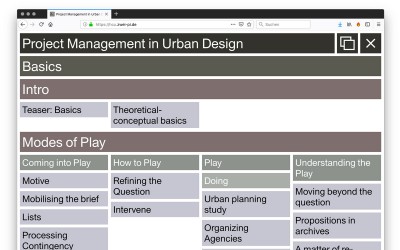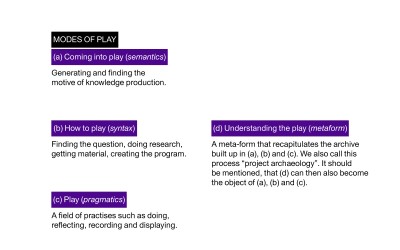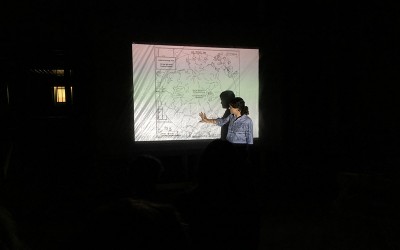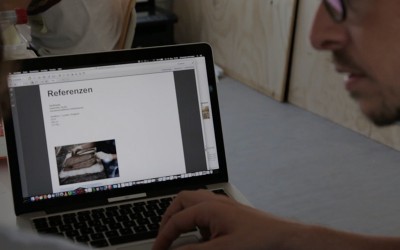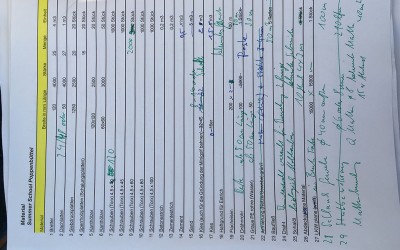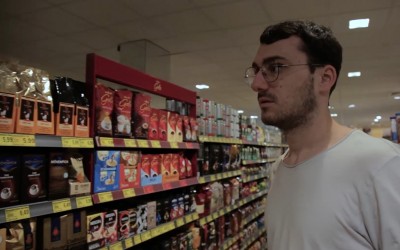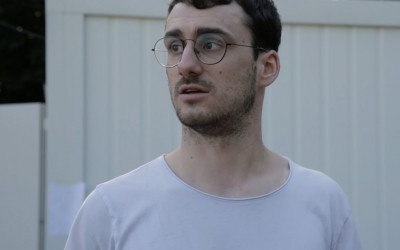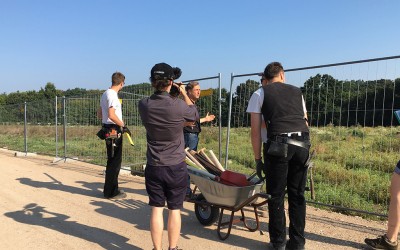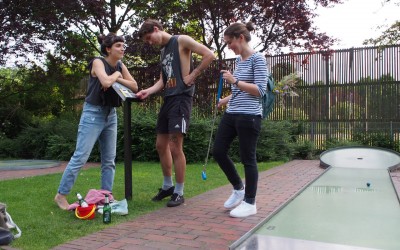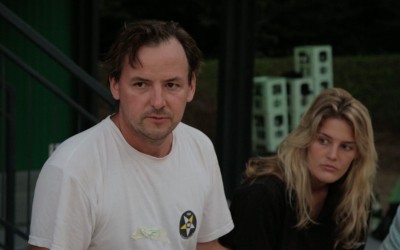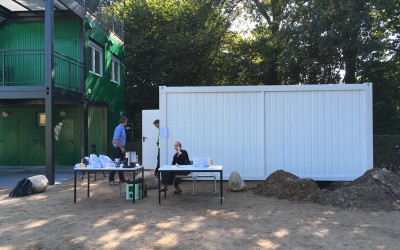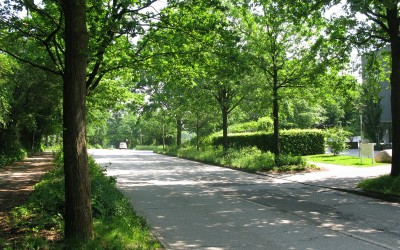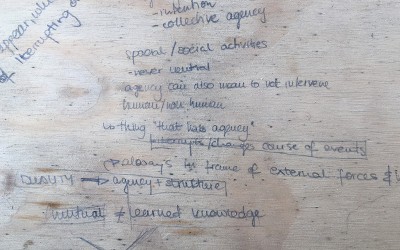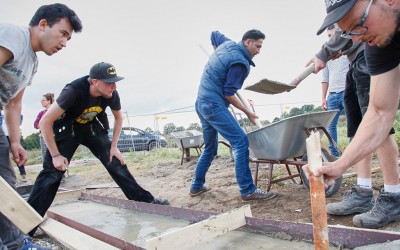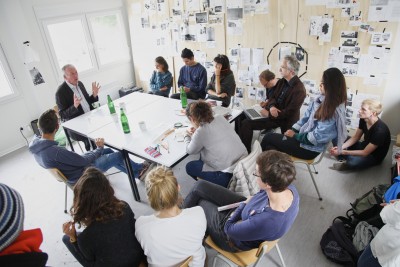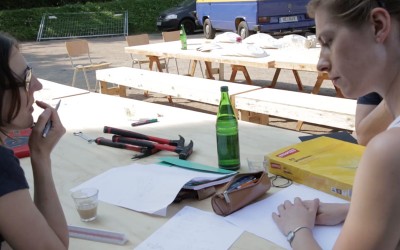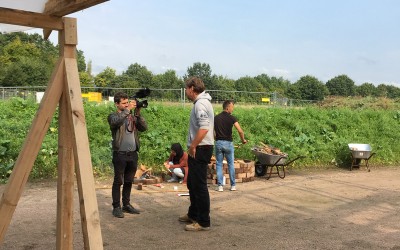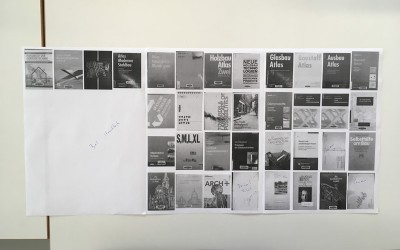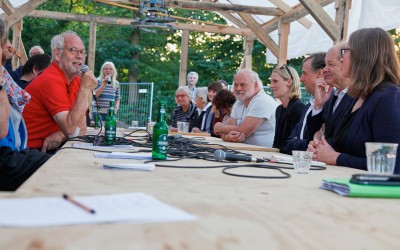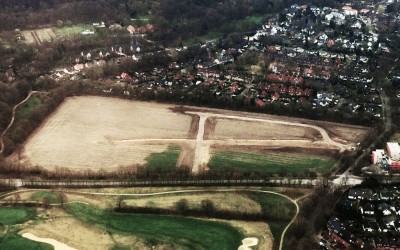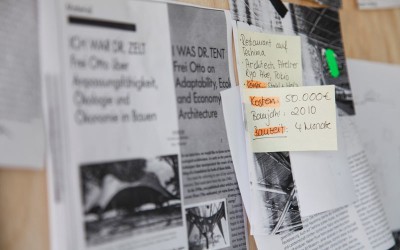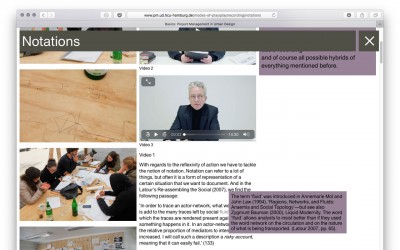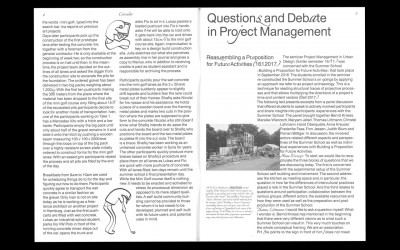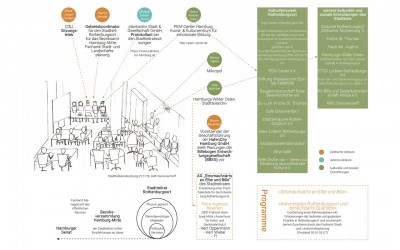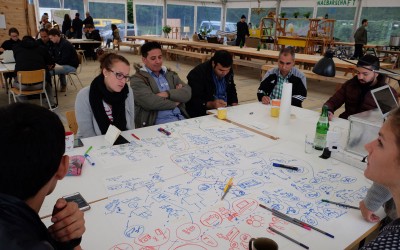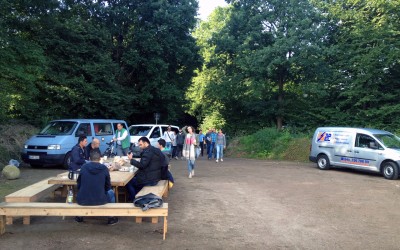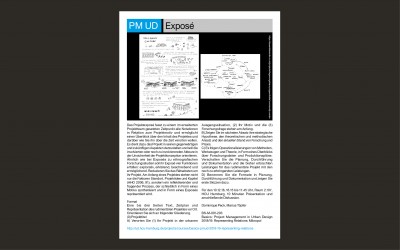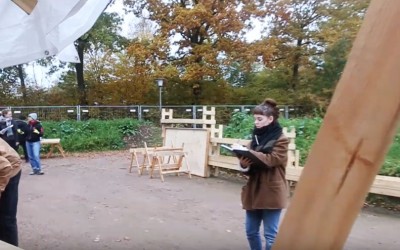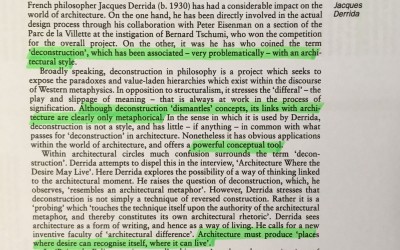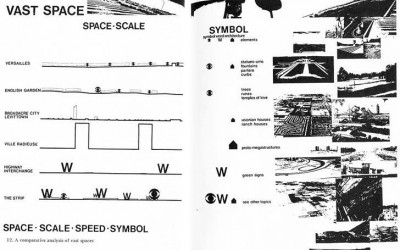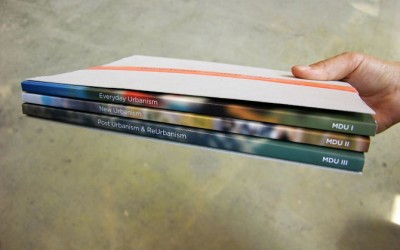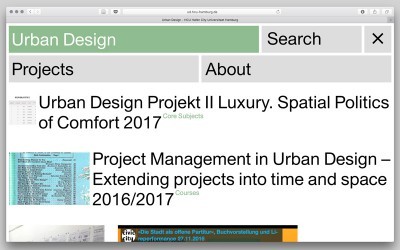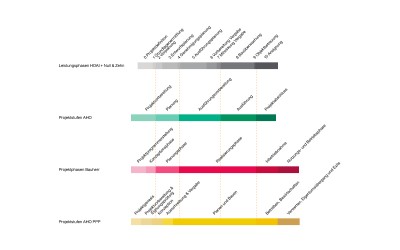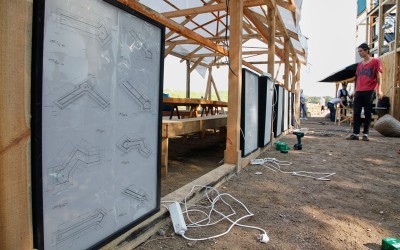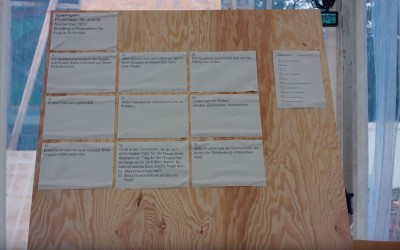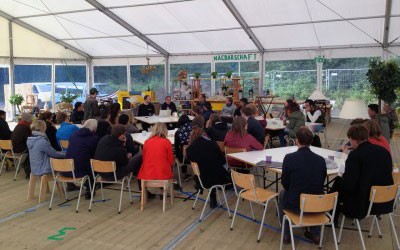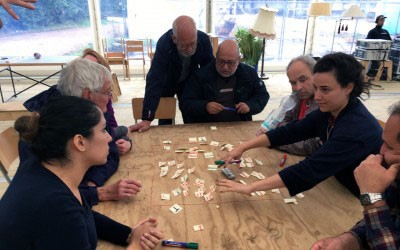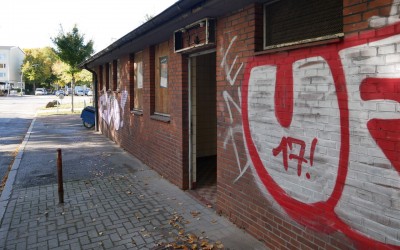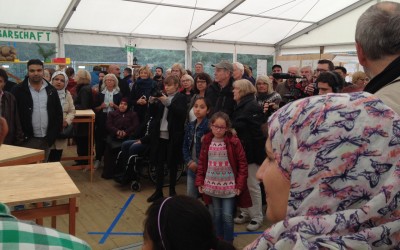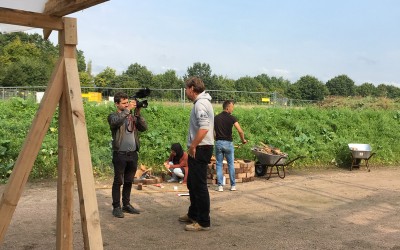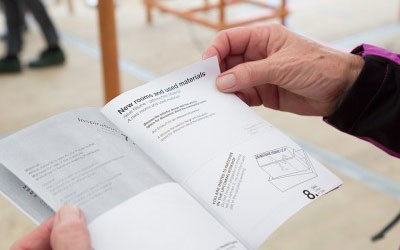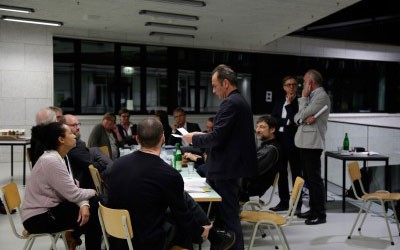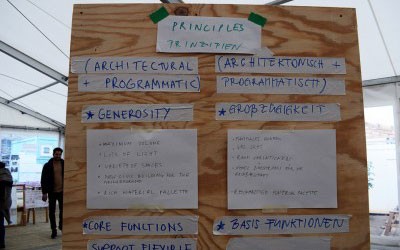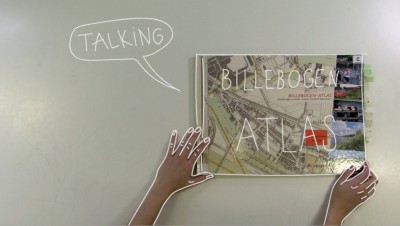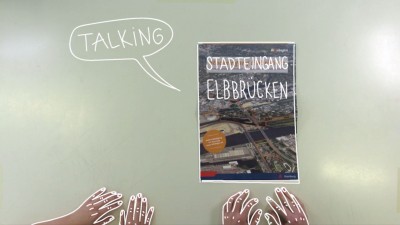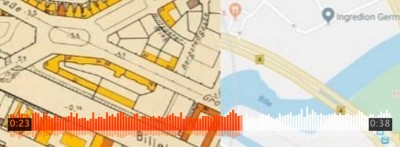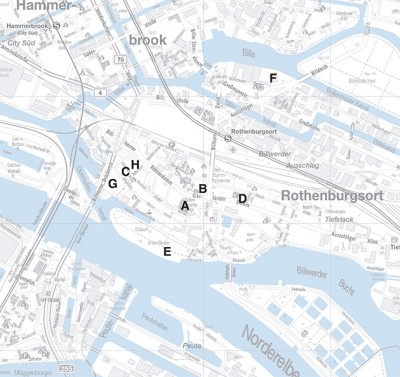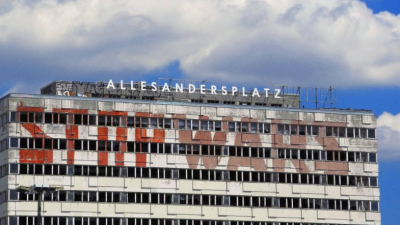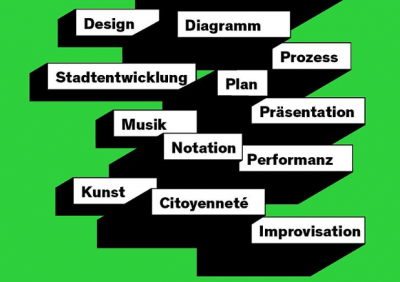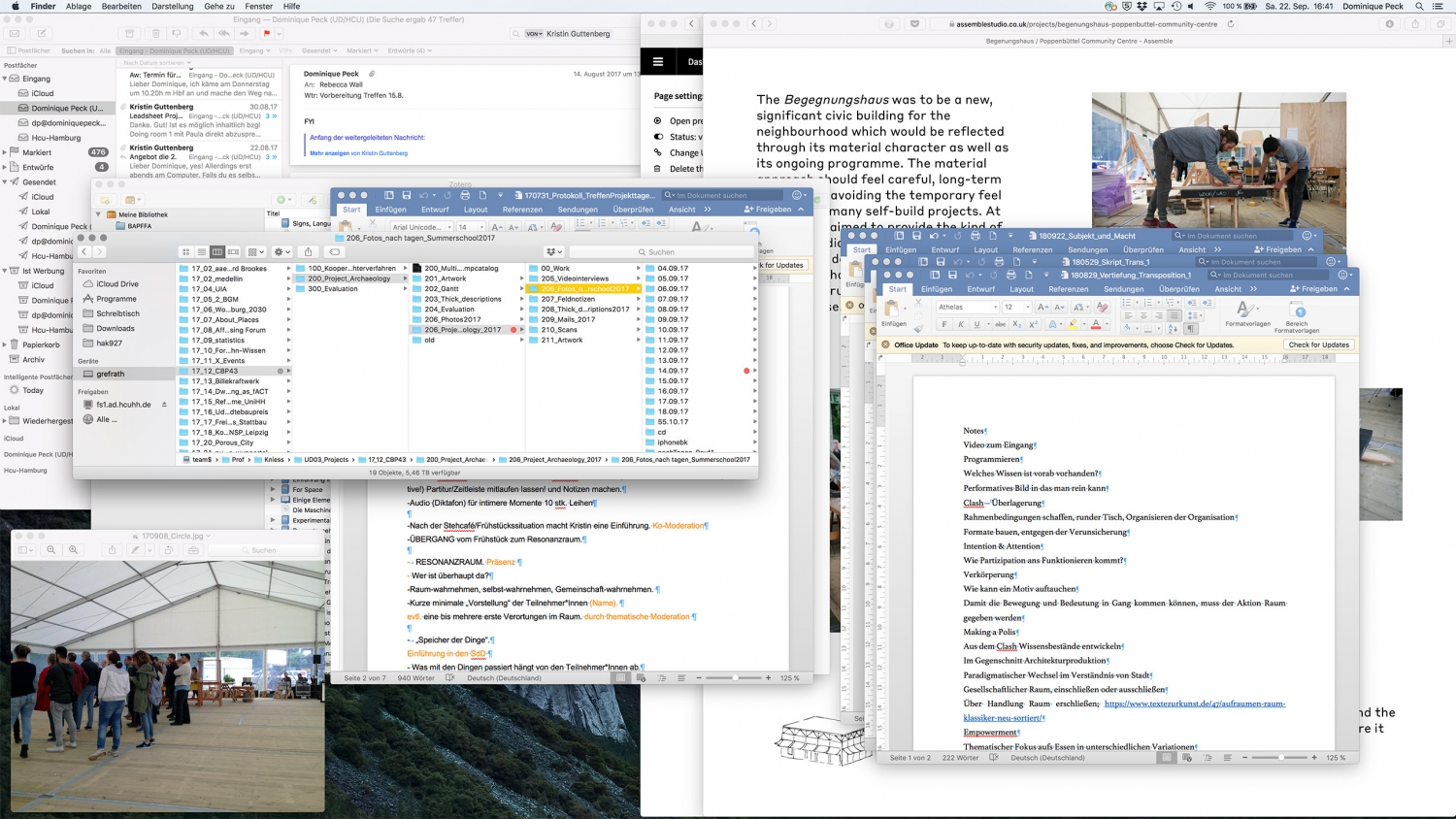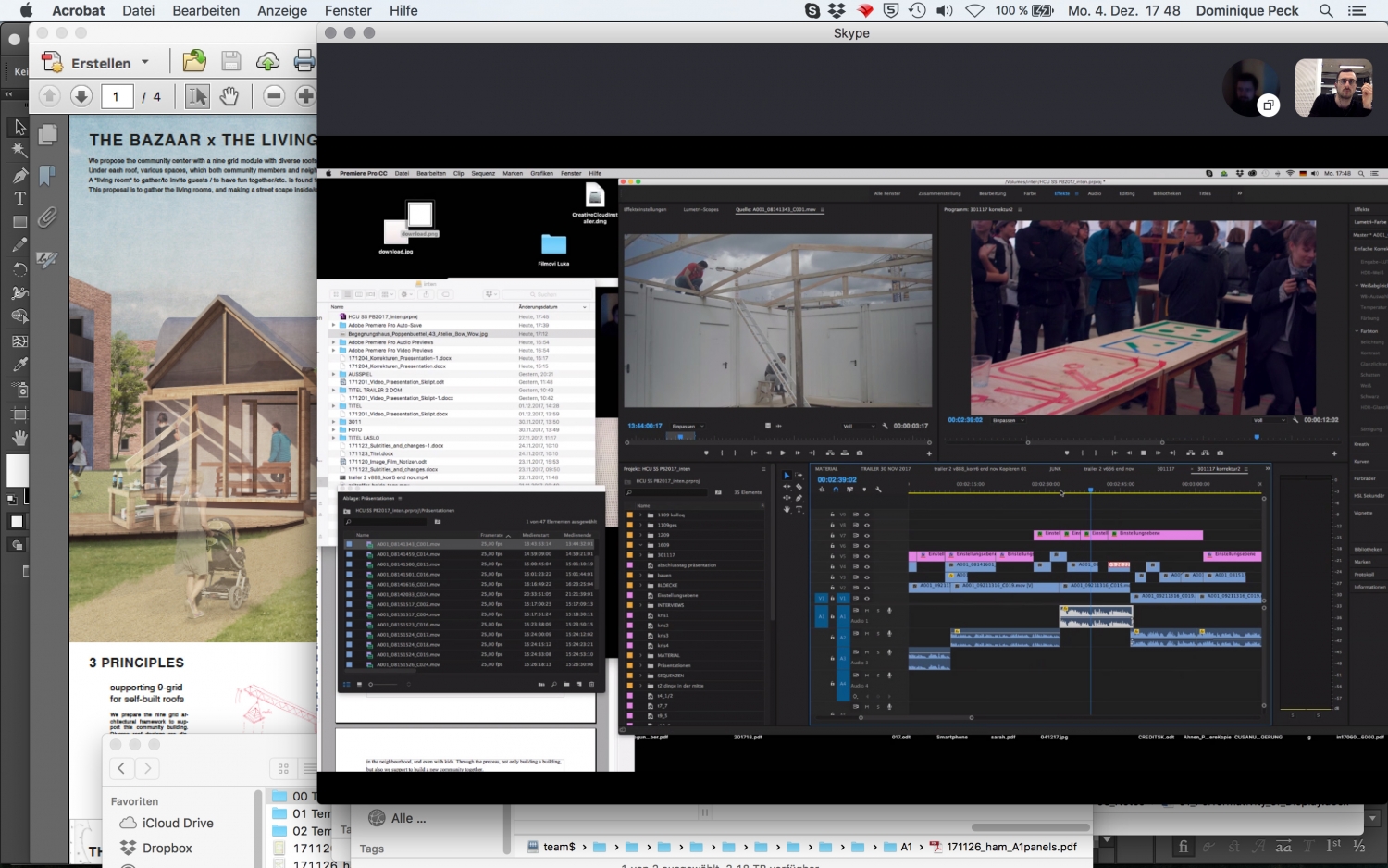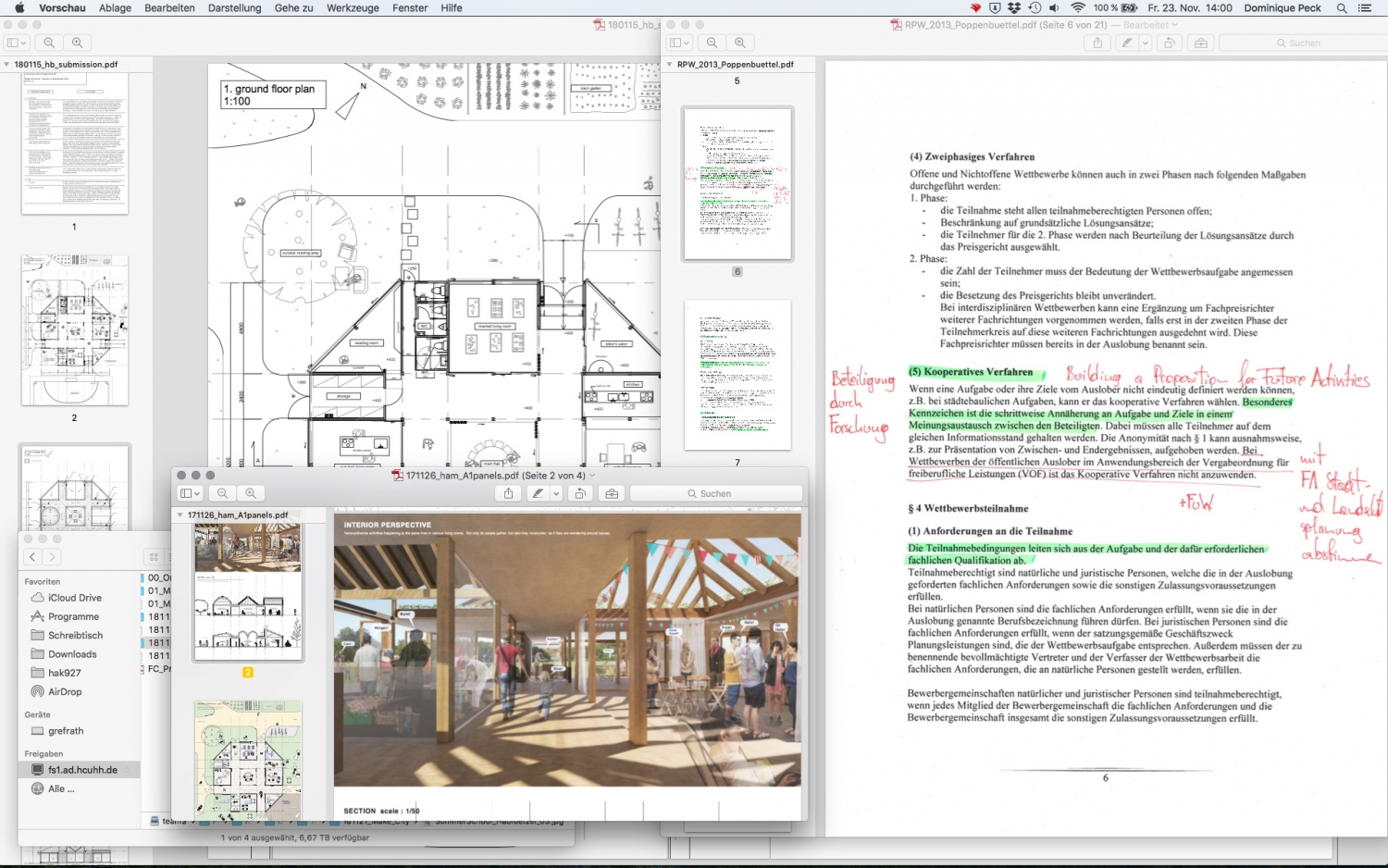Allow me to introduce you to four aspects we think are crucial to realize when doing urban design. These four aspects have been developed to communicate the curriculum of the research and teaching programme Urban Design at the HafenCity University Hamburg at a glance. Those of you who are interested in the comprehension of these four aspects are invited to do so with the linked material in this E-Learning arrangement
UD is concerned with the urban: Its object is the contemporary-future urban society in the practice(d) forms of its co- and constant re-production. To understand the city as historically developed and produced involves turning to its uses through very diverse users and ways of use – it is from within this assemblage of practices of humans and things that the interdependencies of the urban emerge.
UD is pro-discipline: Urban Design re-assembles heterogeneous motifs and disciplinary knowledges of the city. Such co-production of different actors with various disciplinary backgrounds aims at relationally unlocking the potentials of the urban. UD assembles all those disciplines that are concerned with urban and spatial production, for instance architecture, urban planning, sociology, anthropology, philosophy, geography, landscape planning, interior design, cultural studies, landscape architecture, ethnology, tbc.
UD knows what it does: What is at stake is to develop, test and convey an appropriate methodology and form of knowledge for the interaction with the city in terms of research and design. To this end, studying and designing procedures are linked together, so as to combine knowledge originating in theoretical conceptualisations of and empirical experiences with the urban with knowledge that derives from practicing design methods. The analysis of the existing is the foundation of this approach.
UD mobilises the urban: When we talk about design, we refer to the design(ing) of the urban. UD makes visible and negotiable the knowledge of/about urban situations so as to unlock and demonstrate potentialities hidden therein. What emerges are lenses, dispositives and perspectives of reading the city as quintessential products of Urban Design. These products provide the material with which new ways of producing the urban can be developed.
Our time cries to re-institutionalize Städtebau, which brings us to the question of its role: Is it to optimize built objects in space, or does it offer a qualitative relevance for a specific city. Research directions derive accordingly: If you want to better contextualize built objects, materialities, scales and correspondences in various forms come into play. If Städtebau is thought as a contribution to urban production, questions about the history and theory of cities and their differences come to fore. This entails a much richer body of knowledge grounded in inter- and transdisciplinarity. Urban Design is an integrative expansion to Städtebau.
